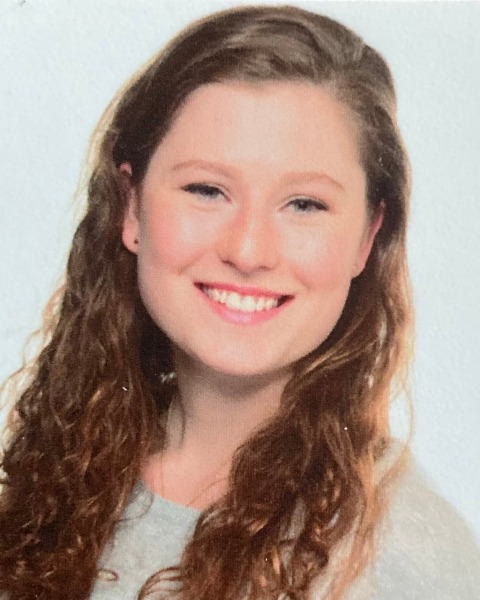Biology Unveiled
Automation-compatible phenotypic high-content screening using patient-derived neuronal precursor cells identifies small molecules targeting Leigh syndrome
Wednesday, May 24, 2023
12:30 - 13:00 CET
Room/Location: 304 (Level -1)

Annika Wittich, MSc (she/her/hers)
Ph.D. student
Fraunhofer Institute for Translational Medicine and Pharmacology ITMP, ScreeningPort, 22525 Hamburg, Germany, Germany
Leigh syndrome (LS) is a severe and rare genetic neurodevelopmental disorder affecting 1 in 36,000 live births. Most individuals with LS have defects in mitochondrial energy production, resulting from deficiencies in enzymes of the mitochondrial respiratory chain, such as mitochondrially encoded MT-ATP6. At the moment, there are no cure or ameliorating treatment options for this disease. Drug repurposing is a time- and cost-effective strategy for the identification of well-studied drugs to be used in alternative indications, thereby overcoming the challenges of developing new molecular entities as treatment options for rare diseases. To develop a representative disease model for LS, induced pluripotent stem cell (iPSC)-derived neuronal precursor cells (NPCs) were generated by reprogramming cells from patients’ biopsies. NPCs retain their genetic information, also on the level of mitochondrial DNA composition, are proliferative and depend primarily on oxidative phosphorylation. Patient-derived NPCs harbouring the deleterious homoplasmic mutation (m.9185T>C) in MT-ATP6 showed blunted ATP production and an increased mitochondrial membrane potential (ΔΨm). We established an automation-compatible image-based high-content assay for ΔΨm quantification in live cells using the indicator dye TMRM, which accumulates proportional to ΔΨm (Zink, Haferkamp et al., STAR Protocols, 2022). Using this assay, we screened a high quality well annotated small molecule repurposing library of 5.632 compounds including (pre-)clinical, marketed and withdrawn drugs to identify agents with the potential to normalize mitochondrial metabolism in LS patients. We found 187 hits that reduced the ΔΨm in m.9185T>C NPCs by at least 32.5%. We confirmed this effect for 100 compounds, tested 64 most active in dose-response titration experiments and validated their toxicity profile. Confirmed hits with good pharmacology and little toxicity will be further profiled in secondary assays that are independent from ΔΨm. Drug-mediated effects will be validated in other LS patient-derived NPCs carrying different mutations in MT-ATP6 and healthy controls. After nomination of a curated shortlist, multi-omics experiments will be performed to elucidate compound’s mechanisms-of-action. Blood-brain barrier models and data mining approaches will predict study tissue distribution and on-target pharmacodynamic characteristics. In summary, we have established a hit identification and validation pipeline using patient-derived NPCs enabling phenotypic screening for rare neurological diseases and identified compounds that have the potential to become treatment options for patients suffering from LS.
